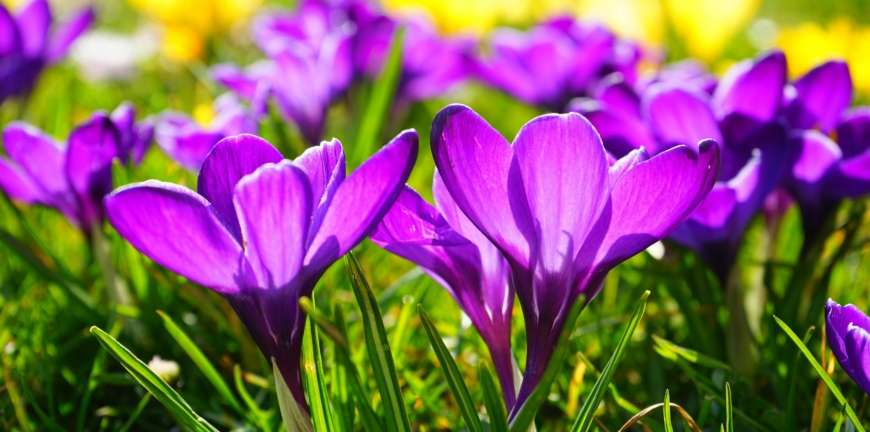April 24, 2025

Springtime Hazards
In the Spring, many of us like to get outside & freshen up our yards. Sometimes this involves yard work to remove or spray weeds, it may involve treatments to grass, or it may involve planting new flowers or trees. If you’re spending more time in your yard, consider some safety measures to keep your pet safe. This can include planting pet safe flowers and trees or not allowing your pet access to fertilizers or weed sprays.
Here are some things to keep in mind:
- Fertilizers
- These vary in toxicity depending on what type of fertilizer and what ingredients they contain. If fertilizer is combined with pesticides or insecticides then they may be more toxic. If fertilizer is ingested it can cause a range of symptoms from GI upset (ie vomiting, diarrhea, decreased appetite) to more severe symptoms such as muscle tremors, dehydration, & weakness. Symptoms are usually worse when larger amounts are ingested. Make sure to read the label & keep your pet away from fertilizer.
- Weed sprays
- Ingestion of the liquid may cause GI upset (vomiting, diarrhea, drooling). Keep bottles and the liquid spray away from pets. Keep pets away from the area that has been treated for at least 24 hours. Typically once the product has dried, it is no longer harmful to your pet. It is always a good idea to read the product label before applying it to your yard.
- Rodent poisons
- There are different types of rodent bait/poisons, but they are all potentially toxic to our pets. If your pet is suspected to have ingested rodenticide, they should be seen by a veterinarian immediately. If you can bring the packaging with you, that can be helpful as the different types of rodenticide toxicity are treated differently. Depending on the dose ingested, rodenticides can be fatal so it is very important to seek veterinary care immediately.
- Toxic flowers & plants (not a complete list). If your pet ingests these plants, they should be evaluated by a veterinarian right away. You can also call the ASPCA Poison Control Hotline for more information (fees will likely apply). Typically the larger amount ingested, the worse the symptoms are, but some plants (like Lilies & castor bean seeds) do not take much to cause significant symptoms. Avoiding planting or having toxic plants in your house or yard is the best way to keep your pets safe.
- Lily (Toxic to cats but not dogs) – Lilies can cause kidney failure, decreased appetite & vomiting. If any part of the plant is ingested by your cat, they should be seen by a veterinarian immediately.
- Azalea – Azaleas can cause significant heart problems, weakness, vomiting & diarrhea.
- Daffodils – The bulb is the most toxic part of this flower. If ingested it can cause convulsions, tremors & heart arrhythmia.
- Foxglove – This flowering plant can cause vomiting, diarrhea, heart arrhythmia & heart failure.
- Oleander – This plant can cause vomiting, diarrhea, collapse, seizures, & heart arrhythmia.
- Castor Bean Plant & Castor Beans – The beans are the most toxic. These can cause convulsion, oral ulcerations/burning, vomiting, diarrhea and can eventually lead to coma or death.
- Sago Palm – These plants can cause severe GI upset (vomiting, bloody diarrhea, anorexia) as well as liver damage & clotting problems.
Enjoy the Spring & nice weather! If you suspect your pet has ingested something potentially toxic, then it is best to seek veterinary care to know what potential treatments are needed. If you have any concerns, feel free to contact us.